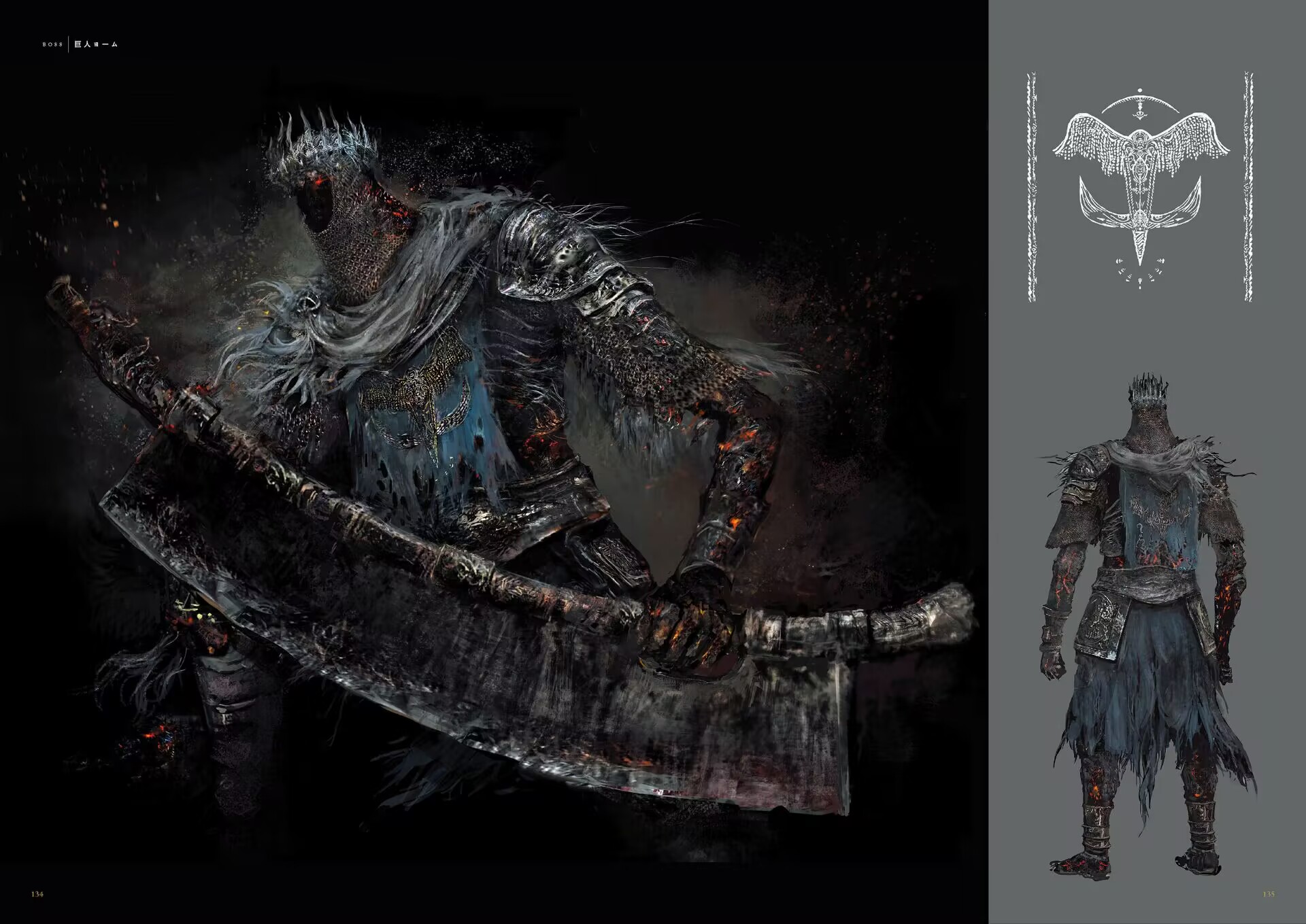qt
qt
meta-object system
- The QObject class provides a base class for objects that can take advantage of the meta-object system.
- The Q_OBJECT macro inside the private section of the class declaration is used to enable meta-object features, such as dynamic properties, signals, and slots.
- The Meta-Object Compiler (
moc) supplies each QObject subclass with the necessary code to implement meta-object features. (when meet a Q_OBJECT macro in .cpp, poduce another .cpp)
qobject_cast(just like dynamic_cast, without RTTI)
QObject *obj = new MyWidget; |
property system
Q_PROPERTY(bool focus READ hasFocus) |
Q_PROPERTY(QColor color MEMBER m_color NOTIFY colorChanged) |
- A
READaccessor function is required if noMEMBERvariable was specified. It is for reading the property value. Ideally, a const function is used for this purpose, and it must return either the property's type or a const reference to that type. e.g., QWidget::focus is a read-only property withREADfunction, QWidget::hasFocus(). - A
WRITEaccessor function is optional. It is for setting the property value. It must return void and must take exactly one argument, either of the property's type or a pointer or reference to that type. e.g., QWidget::enabled has theWRITEfunction QWidget::setEnabled(). Read-only properties do not needWRITEfunctions. e.g., QWidget::focus has noWRITEfunction. - A
MEMBERvariable association is required if noREADaccessor function is specified. This makes the given member variable readable and writable without the need of creatingREADandWRITEaccessor functions. It's still possible to useREADorWRITEaccessor functions in addition toMEMBERvariable association (but not both), if you need to control the variable access. - A
RESETfunction is optional. It is for setting the property back to its context specific default value. e.g., QWidget::cursor has the typicalREADandWRITEfunctions, QWidget::cursor() and QWidget::setCursor(), and it also has aRESETfunction, QWidget::unsetCursor(), since no call to QWidget::setCursor() can mean reset to the context specific cursor. TheRESETfunction must return void and take no parameters. - A
NOTIFYsignal is optional. If defined, it should specify one existing signal in that class that is emitted whenever the value of the property changes.NOTIFYsignals forMEMBERvariables must take zero or one parameter, which must be of the same type as the property. The parameter will take the new value of the property. TheNOTIFYsignal should only be emitted when the property has really been changed, to avoid bindings being unnecessarily re-evaluated in QML, for example. Qt emits automatically that signal when needed for MEMBER properties that do not have an explicit setter. - A
REVISIONnumber orREVISION()macro is optional. If included, it defines the property and its notifier signal to be used in a particular revision of the API (usually for exposure to QML). If not included, it defaults to 0. - The
DESIGNABLEattribute indicates whether the property should be visible in the property editor of GUI design tool (e.g., Qt Designer). Most properties areDESIGNABLE(default true). Valid values are true and false. - The
SCRIPTABLEattribute indicates whether this property should be accessible by a scripting engine (default true). Valid values are true and false. - The
STOREDattribute indicates whether the property should be thought of as existing on its own or as depending on other values. It also indicates whether the property value must be saved when storing the object's state. Most properties areSTORED(default true), but e.g., QWidget::minimumWidth() hasSTOREDfalse, because its value is just taken from the width component of property QWidget::minimumSize(), which is a QSize. - The
USERattribute indicates whether the property is designated as the user-facing or user-editable property for the class. Normally, there is only oneUSERproperty per class (default false). e.g., QAbstractButton::checked is the user editable property for (checkable) buttons. Note that QItemDelegate gets and sets a widget'sUSERproperty. - The
BINDABLE bindablePropertyattribute indicates that the property supports bindings, and that it is possible to set and inspect bindings to this property via the meta object system (QMetaProperty).bindablePropertynames a class member of type QBindable, where T is the property type. This attribute was introduced in Qt 6.0. - The presence of the
CONSTANTattribute indicates that the property value is constant. For a given object instance, the READ method of a constant property must return the same value every time it is called. This constant value may be different for different instances of the object. A constant property cannot have a WRITE method or a NOTIFY signal. - The presence of the
FINALattribute indicates that the property will not be overridden by a derived class. This can be used for performance optimizations in some cases, but is not enforced by moc. Care must be taken never to override aFINALproperty. - The presence of the
REQUIREDattribute indicates that the property should be set by a user of the class. This is not enforced by moc, and is mostly useful for classes exposed to QML. In QML, classes with REQUIRED properties cannot be instantiated unless all REQUIRED properties have been set.
A property can be read and written using the generic functions QObject::property() and QObject::setProperty(), without knowing anything about the owning class except the property's name. In the code snippet below, the call to QAbstractButton::setDown() and the call to QObject::setProperty() both set property "down".
QPushButton *button = new QPushButton; |
qt object
Qt Objects should be treated as identities, not as values. Identities are cloned, not copied or assigned, and cloning an identity is a more complex operation than copying or assigning a value. Therefore, QObject and all subclasses of QObject (direct or indirect) have their copy constructor and assignment operator disabled.
object tree
When you create a QObject with another object as parent, it's added to the parent's children() list, and is deleted when the parent is.
int main() |
注意在 stack 上的情况, 这种情况 child 被析构两次是会异常的.
信号与槽
Tips
- parent object tree, setparent
- Qt::QueuedConnection
- MOC meta object compiler
- Q_DISABLE_COPY, QObject 必须 unique, 以memory 位置确定
- QDeleteAll + clear
- QScopePointer, QSharedPointer
Qt 入门
what is Qt
Qt是一个1991年由Qt Company开发的跨平台C++图形用户界面应用程序开发框架。它既可以开发GUI程序,也可用于开发非GUI程序,比如控制台工具和服务器。Qt是面向对象的框架,使用特殊的代码生成扩展(称为元对象编译器(Meta Object Compiler, moc))以及一些宏,Qt很容易扩展,并且允许真正地组件编程。基本上,Qt 同X Window上的 Motif,Openwin,GTK 等图形界 面库和 Windows 平台上的MFC,OWL,VCL,ATL 是同类型的东西。
how to use Qt
安装
在 Qt 官网下载 Qt 及其 IDE QtCreator

用 MaintenanceTool 下载对应版本和额外的组件.
用 QtCreator 进行开发
简单介绍
进入 QtCreator 后新建项目可以看到以下选项

Qt Widgets Application 是新建窗口项目
Qt Console Application 是新建命令行项目
下面以窗口项目进行演示
窗口项目
目录结构

下面依次介绍一个 Qt 项目的目录
.pro
QT += core gui等是代表模块的加载, 如果需要新的模块比如编写 socket 网络内容需要添加如QT += network之后的目录代码如
SOURCES += main.cpp mainwindow.cpp是项目文件配置, 一般是自动补充的.Headers/
保存项目头文件(.h)
Sources/
保存项目文件(.cpp)
Forms/
设计界面
Other/
其他文件
代码主要保存在 Sources 和 Headers 文件夹中, ui 设计在 Forms 文件夹中
main 文件与类
main.cpp
|
mainwindow.h
|
mainwindow.cpp
|
按钮实例
下面演示实现一个按钮功能
在 mainwindow.ui 中拖入 qpushbutton, 在右侧属性栏可以对组件属性进行编辑(比如文字, 大小等)

如果要对 button 实现点击功能, 可以右键按钮->转到槽->clicked(), 就会添加对应的槽函数(可以理解为点击后执行的函数) 具体实现机理请查阅 "Qt 信号与槽"
void MainWindow::on_pushButton_clicked()
{
}如果要用代码实现对这个按钮进行操作, 比如设置显示文字, 可以参考如下代码
void MainWindow::on_pushButton_clicked()
{
ui->pushButton->setText("text");
}
//这个例子是为了说明, 如果要访问这个按钮需要使用 ui 指针
//注意有的时候 ui->后可能没有对应组件, 一般是新组件未加载, 可以编译一边来解决
以上就是基本的 Qt 使用方式.





